About Us
The History of the Chavanich Property and How Warehouse 30 was Created
History of Warehouse30 and the neighborhood

สถานทูตโปรตุเกส

Above picture (2025) : a picture of the Portuguese Embassy in Thailand, located in Bangkok along the Chao Phraya River.

Above picture (2025): Entrance of Portuguese Embassy with Vhils grafiti on Charoenkrung30.
Let’s start with the oldest records we’ve found in this area, the Portuguese Embassy, our neighbor plot of land. Did you notice the wall out front housing a large mural by the Portuguese graffiti artist Vhils? Behind that wall is a plot of land extending to the Chao Phraya River. The first history record we found for this area was when around 1783-1785 Rama II let Prince Nguyễn Ánh take refuge in Siam (modern-day Thailand) on several occasions in the late 18th century after suffering defeats against the Tây Sơn. He received hospitality from the Siamese court and sought their military aid to reclaim his power and eventually founded the Nguyễn dynasty of Vietnam. He later became the first emperor of Vietnam to unify the country, reigning under the name Gia Long Emperor.
.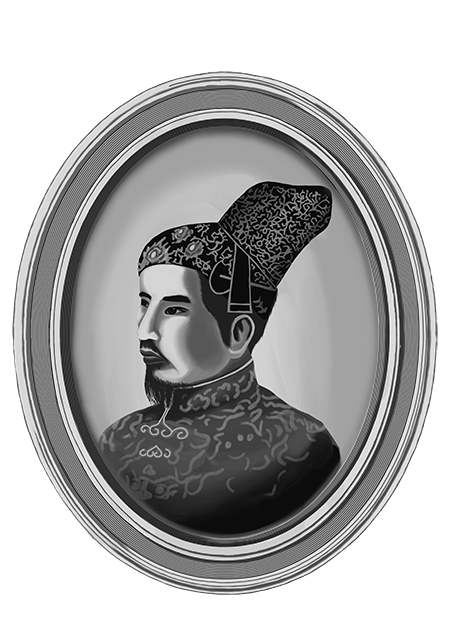
Above picture: Drawing portrait of Vietnamese King “Nguyen Anh”
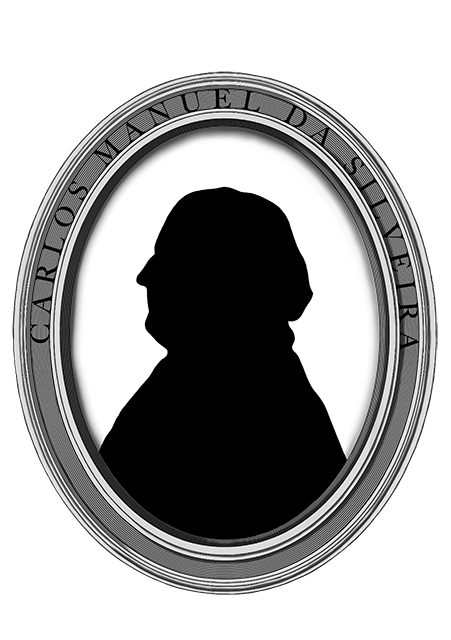
Above picture :The first Consul of Portugal to Thailand was Carlos de Manuel Silveira.
After the fall of Ayutthaya, the Portuguese were the first Westerners to try to re-establish trade relations and Siam needed arms and munitions to protect its borders. To encourage such trade, Rama II offered the same land to Portugal to use as a trading port and consulate. Our neighbor was the first Western foreign consulate in the Rattanakosin era. The first Consul of Portugal to Thailand was Carlos de Manuel Silveira. Rama II favored him with a title equal to a Thai nobleman. He played his diplomatic role well, welcoming all newcomers to Siam, even the Protestant missionaries, whereas others viewed them with suspicion and even hate. The diplomatic palace standing here today was built in the mid 1860s blending Thai elements with Portuguese colonial style.
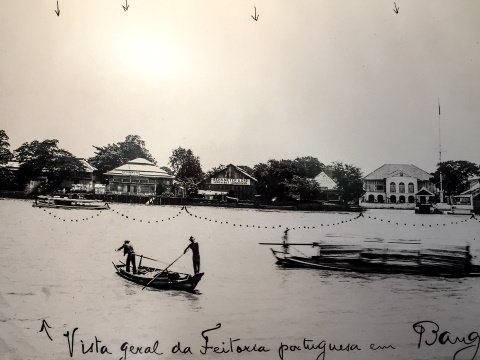
Above picture(1918) : View of the Portuguese Embassy Bangkok from across the river in Thonburi. In those days, the main gate of buildings faced the river as water transport was the main means of movement. With road transport, the side of buildings facing the river has become the rear.
คณะอเมริกันแบ๊บติสท์ บอร์ด
During the reign of Rama III, records showed in 1828 Jacob Tomlin and Karl Gutzlaff were the first Protestant missionaries to live in Thailand, welcomed by Carlos de Manuel Silveira who allowed them to live in his residence. Gutzlaff was also one of the first missionaries to China and Korea.
The American Baptist Foreign Mission Society sent a series of missionaries to Siam to prepare them for eventual assignment to China. China wouldn’t allow them entry whereas Siam did. In 1831 Rev. David Abeel came to Siam to survey the land and to begin mission work as a representative of the Board .
In 1833 , Rev. John Taylor Jones with his wife Eliza Grew Jones were true pioneers of this American missionary fervor. Again, Carlos de Manuel Silveira helped them to rent accommodations behind the Portuguese Consulate, (later on the Board was recorded as first owner of the Warehouse30 plot of land in the 1900s.). As more missionaries arrived, the Mission built a chapel, dwellings, a printing press, a type foundry, a book bindery and library.
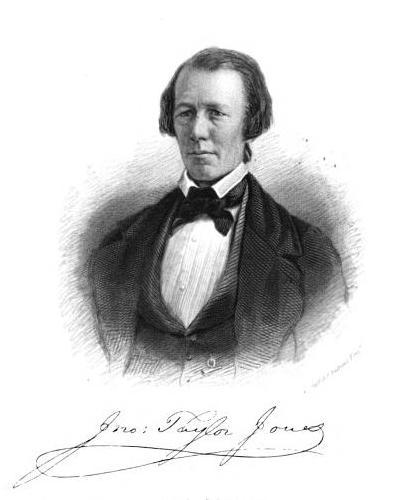
Above picture: Reverend John Taylor Jones
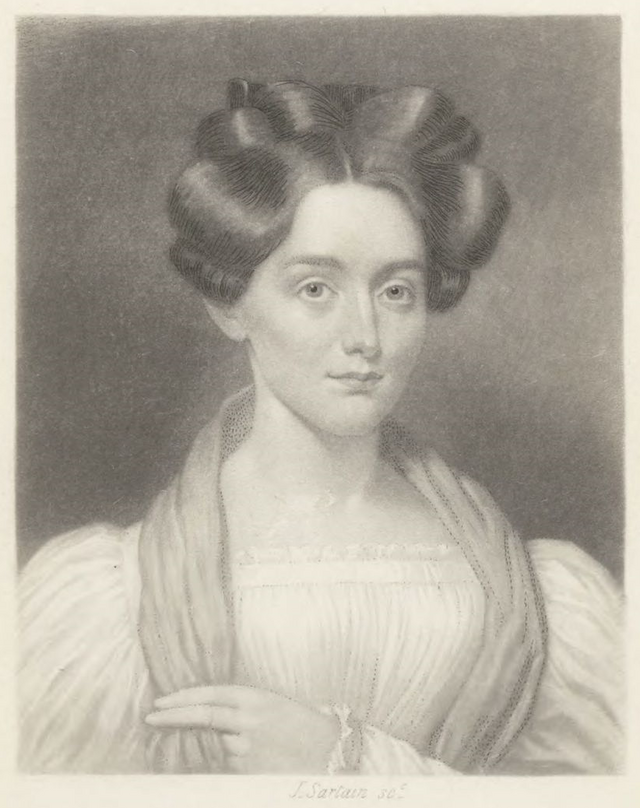
Above picture: Eliza Grew Jones
In fact Dr. Dan Beach Bradley brought the first Thai language printing press to the Baptist Mission on Captain Bush Lane between 1835 and 1838. The printing house finally started printing all the religious tracts, fliers and books that had been translated into Thai. All the Protestant sects, Baptist, Congregational, and Presbyterian recognized that publications were an important tool for winning converts. So Warehouse30 was the site of introduction of the first Thai script printing press capable of printing Thai script within Siam itself.
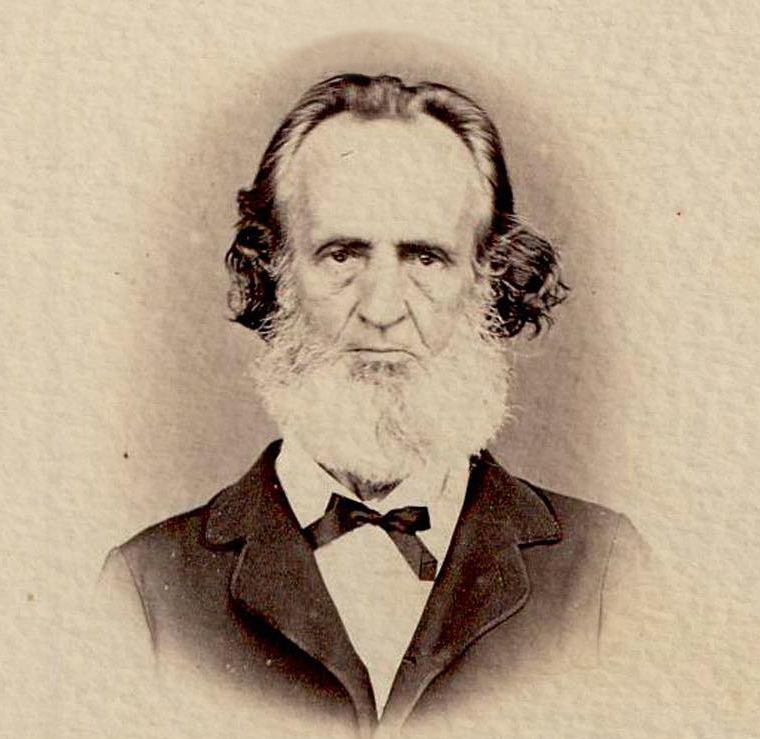
Above picture: Dr. Dan Beach Bradley
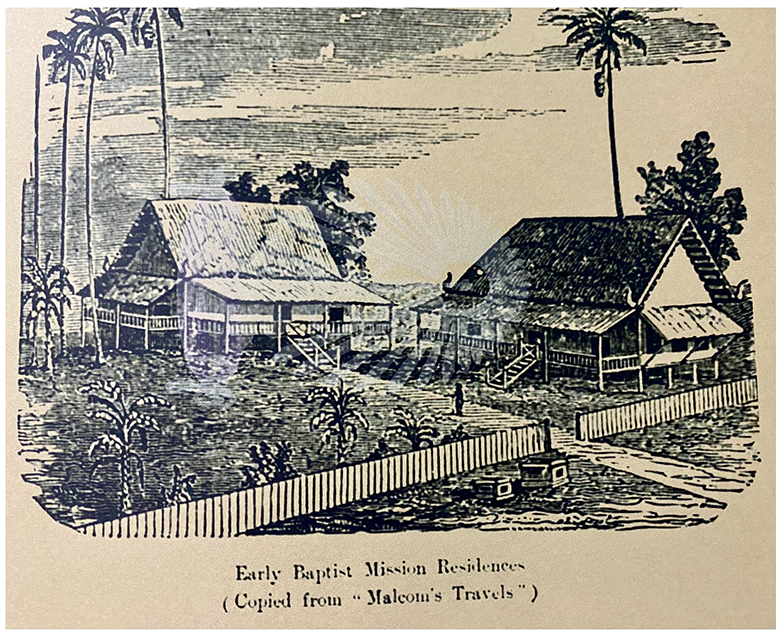
Above picture: A sketch of the simple residences the Missionaries inhabited (1830s-50)
กัปตันจอห์น บุช
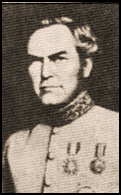
Above picture: Captain Bush
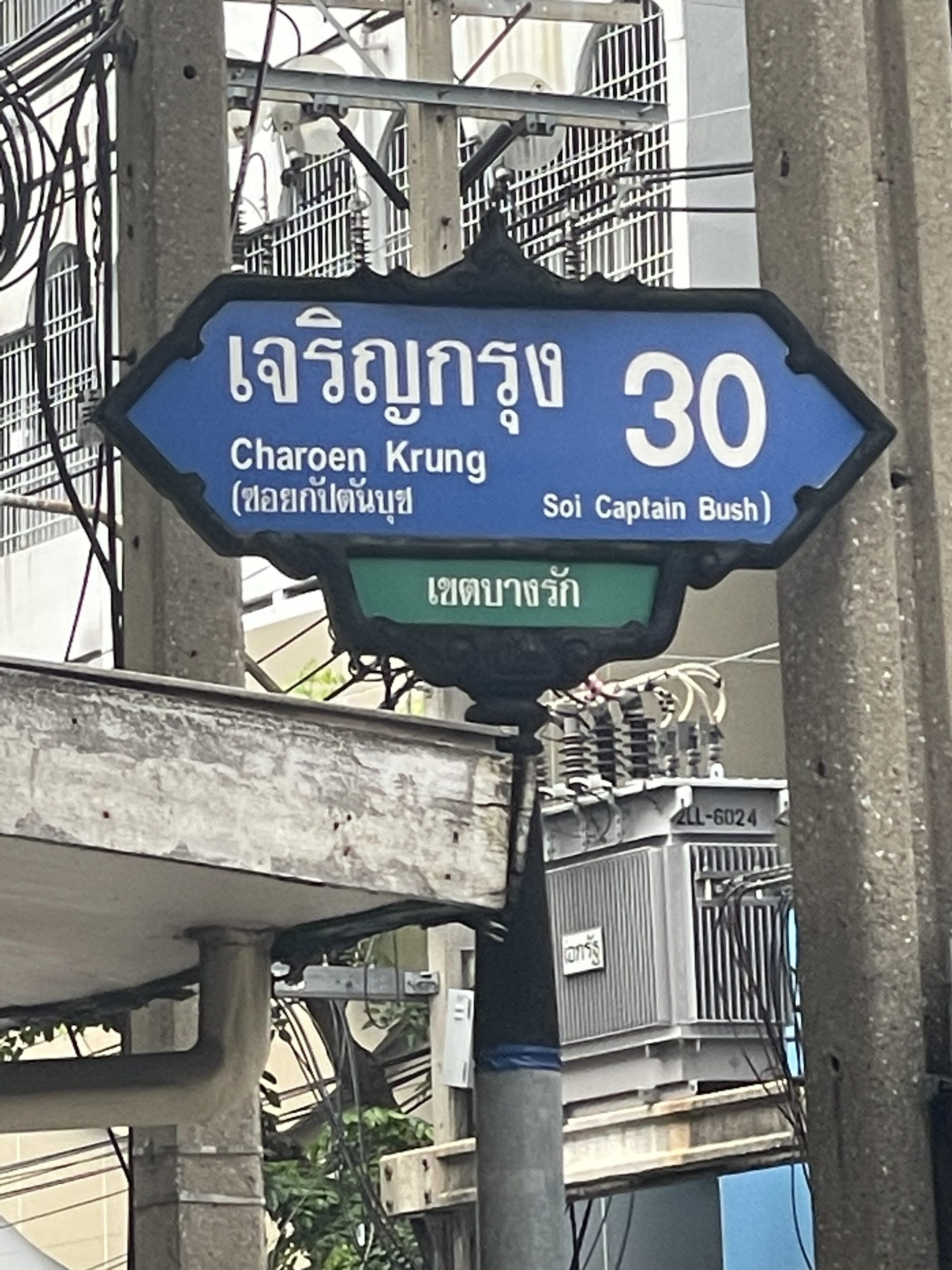
Above picture: Charoenkrung 30 sign, also known as Captain Bush Lane
Captain Bush Lane was named for the Englishman John Bush who was an English sea captain, and was appointed Bangkok’s Harbor Master in 1858 and held the position for the next 30 years. He came to serve as Harbor Master in 1853, during the reign of Rama IV. His knowledge, abilities and ingenuity in performing official duties resulted in his receiving royal titles. In the reign of Rama V he served as Commander of the Royal Barge and captained several trips for him to Singapore and India in 1870 and 1871 so “Captain” was added to his name. Privately, he set up the first shipyard of Phra Nakhon, called Bangkok Dock and became very wealthy. He built a grand house on the banks of the Chao Phraya River near the Marine Department’s office. Today no trace of Captain Bush’s house remains, only a memorial. People had been calling the lane where it was located “Captain Bush Lane” from the time it was built but currently it is officially known as Soi Charoenkrung 30.
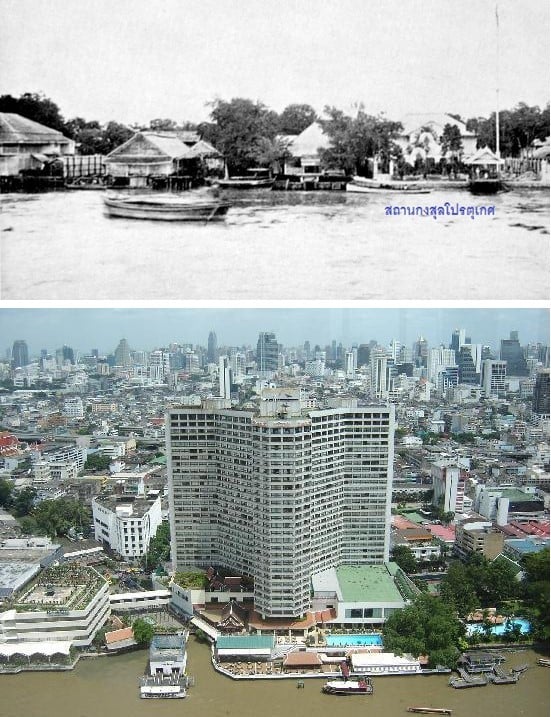
Top picture (1918): Extreme left: Partial view of Capt. Bush House
Bottom picture: The Royal Orchid Sheraton Hotel now occupies his plot of land
ตระกูล Maria Xavier
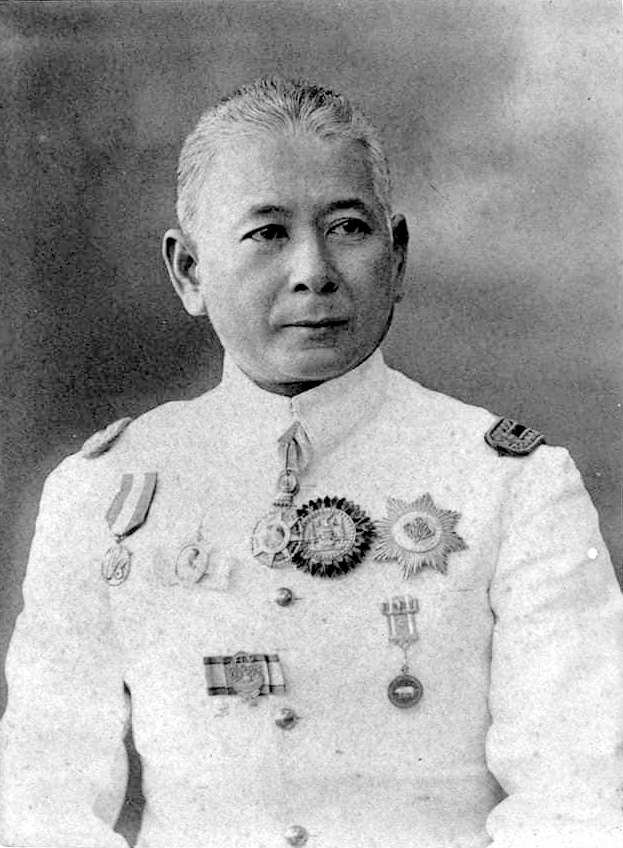
Above picture: Celestino Maria Xavier
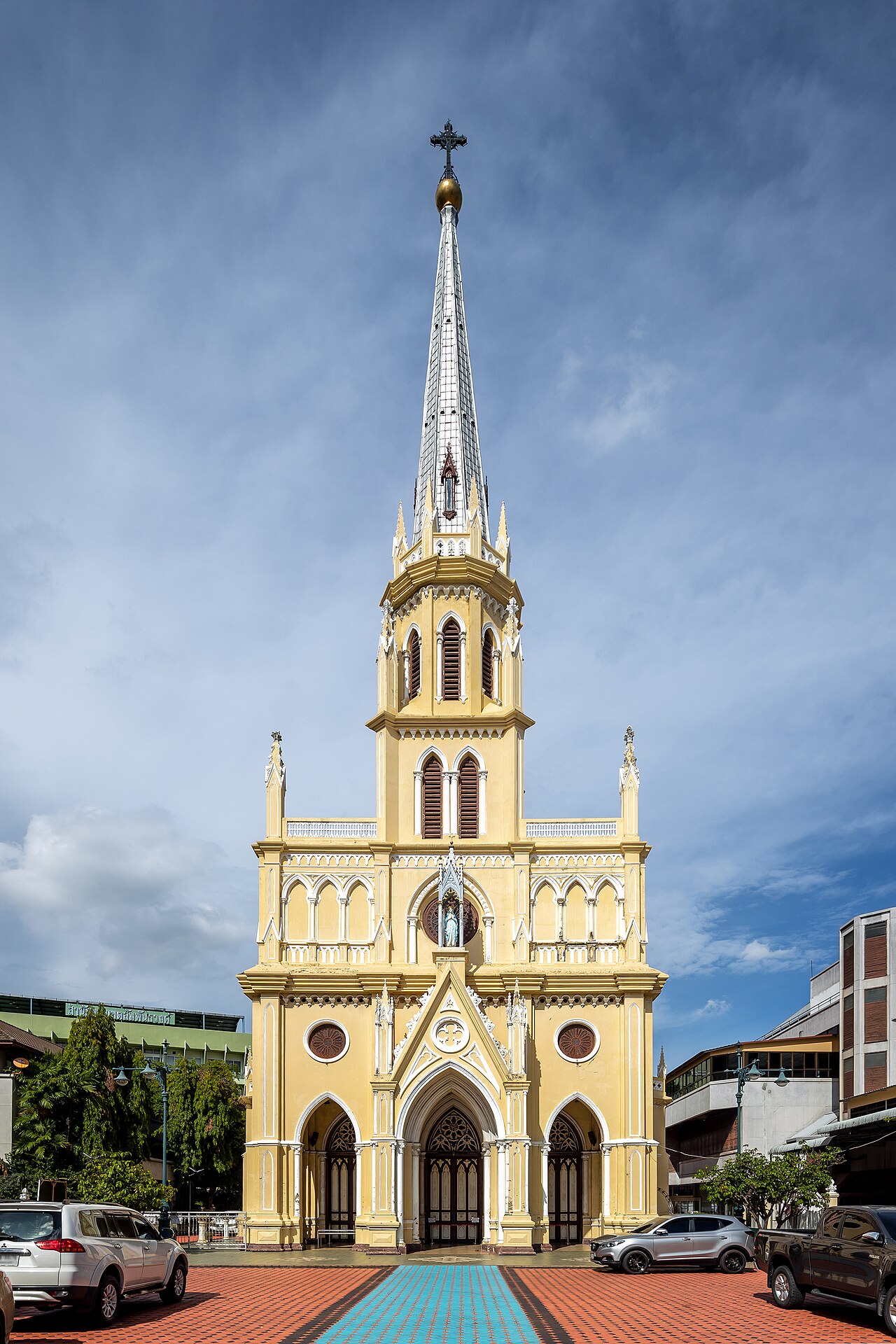
Right picture: The Holy Rosary Church also known as Kalawar Church is a Roman Catholic church in Bangkok that has its origins with the Portuguese community dating back to the late 1700’s.
The patriarch of the Xavier’s family was a Maccanese immigrant who settled in the Rosario community around 1840, named Joaquim Maria Xavier and he served in the courts of Rama III and IV and V. His son, Luis Maria Xavier settled in Talat Noi behind the Kalawar (Holy Rosary) Church. He was translator for the Harbor Department and started his own rice mills. The prosperous Xavier clan donated money for construction of the Kalawar Church so the Xaviar family name still appears under the stained-glass windows. Luis’ son, Celestino Maria Xavier, eventually became The Permanent Undersecretary of the Ministry of Foreign Affairs for Rama VI. He also invested in real estate, being one of four who built Si Phraya Road. Other family business included the first public transport system with trams covering 33 kilometers to Pak Nam. His daughter Margaret Lin Xavier became the first female doctor in Thailand.
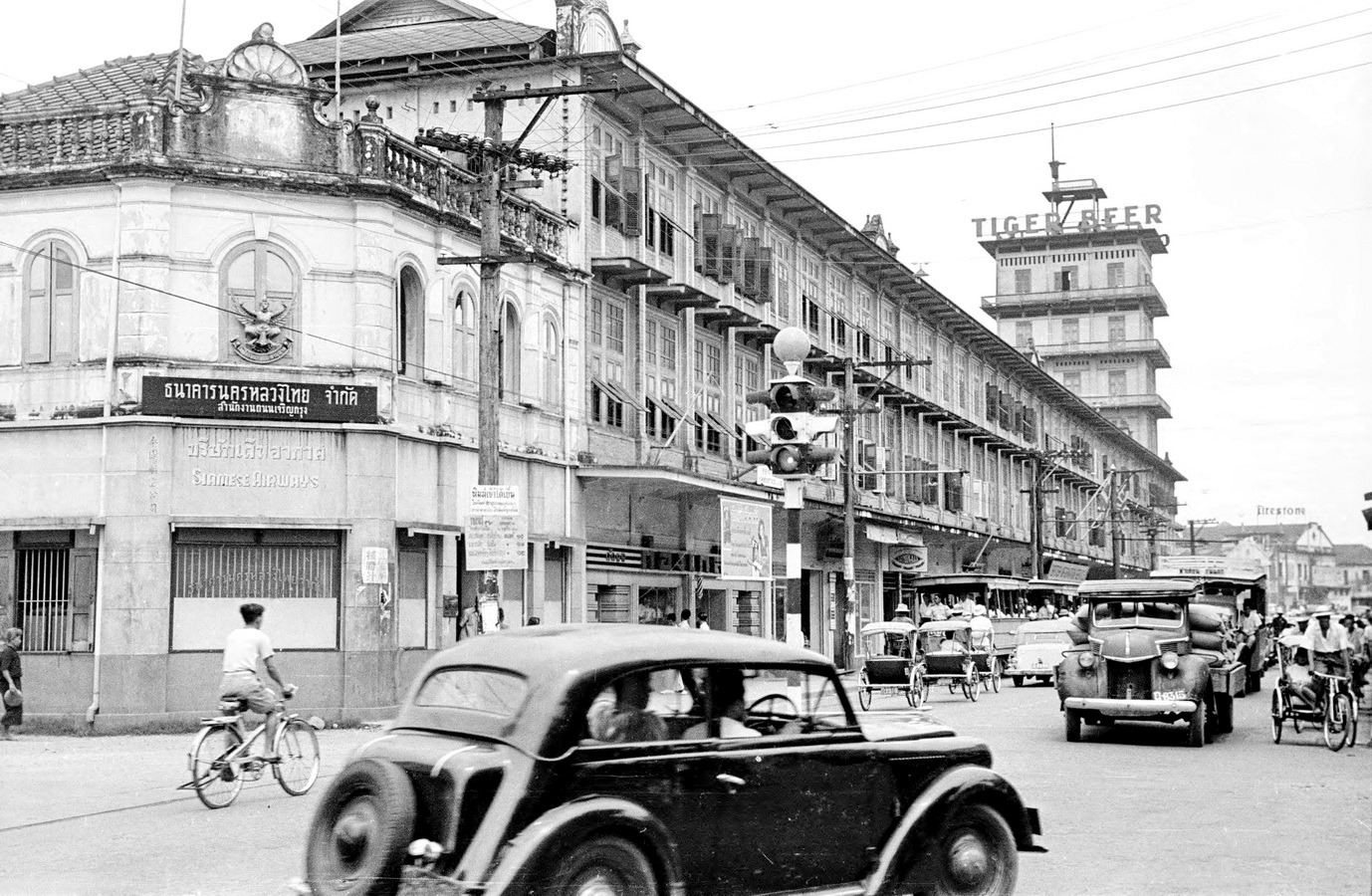
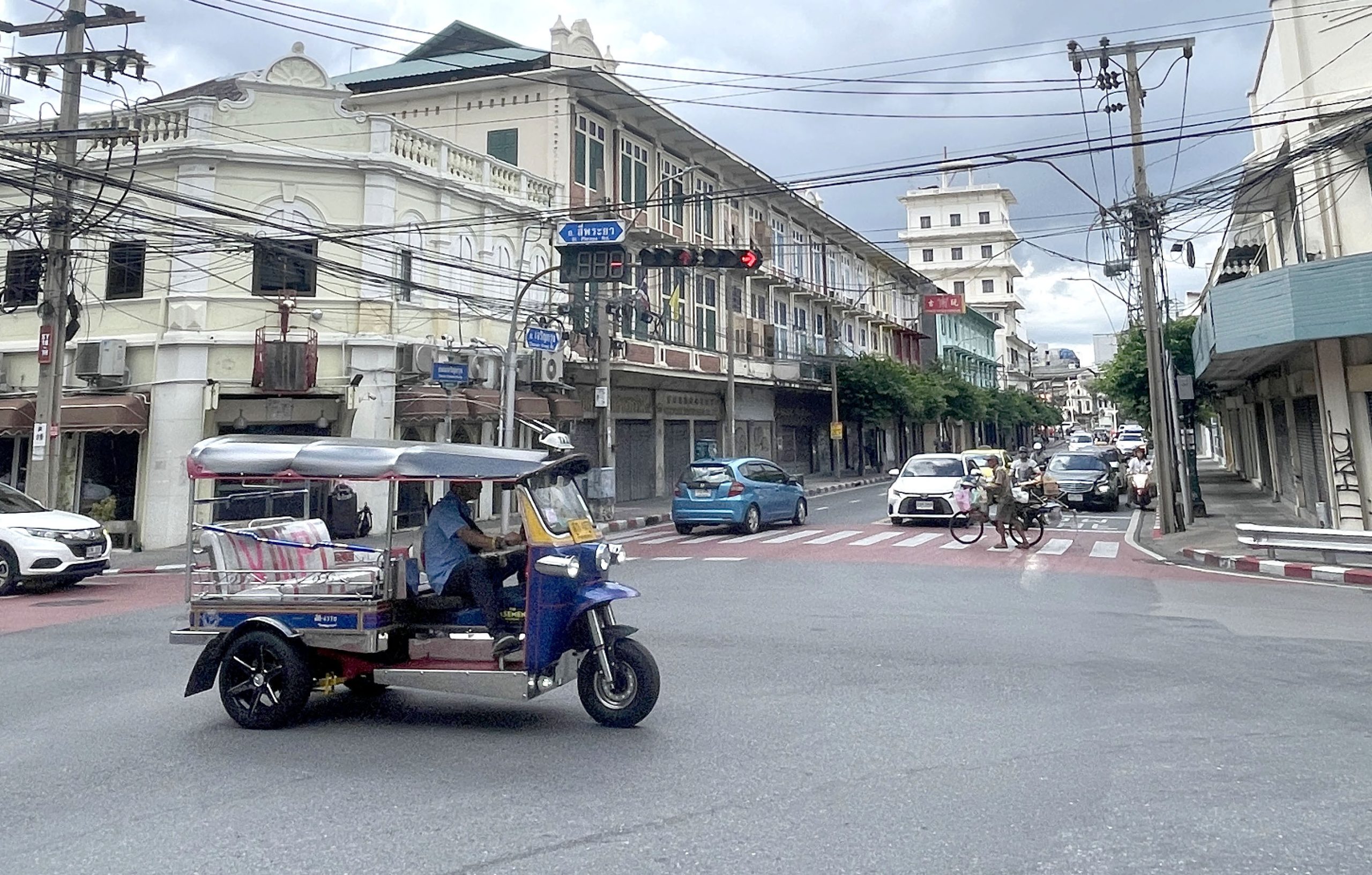
Top picture (1957): Intersection of Charoen Krung Road and Si Phraya Road
Bottom picture (2025): Intersection of Charoen Krung Road and Si Phraya Road
นายเลิศ เศรษฐบุตร
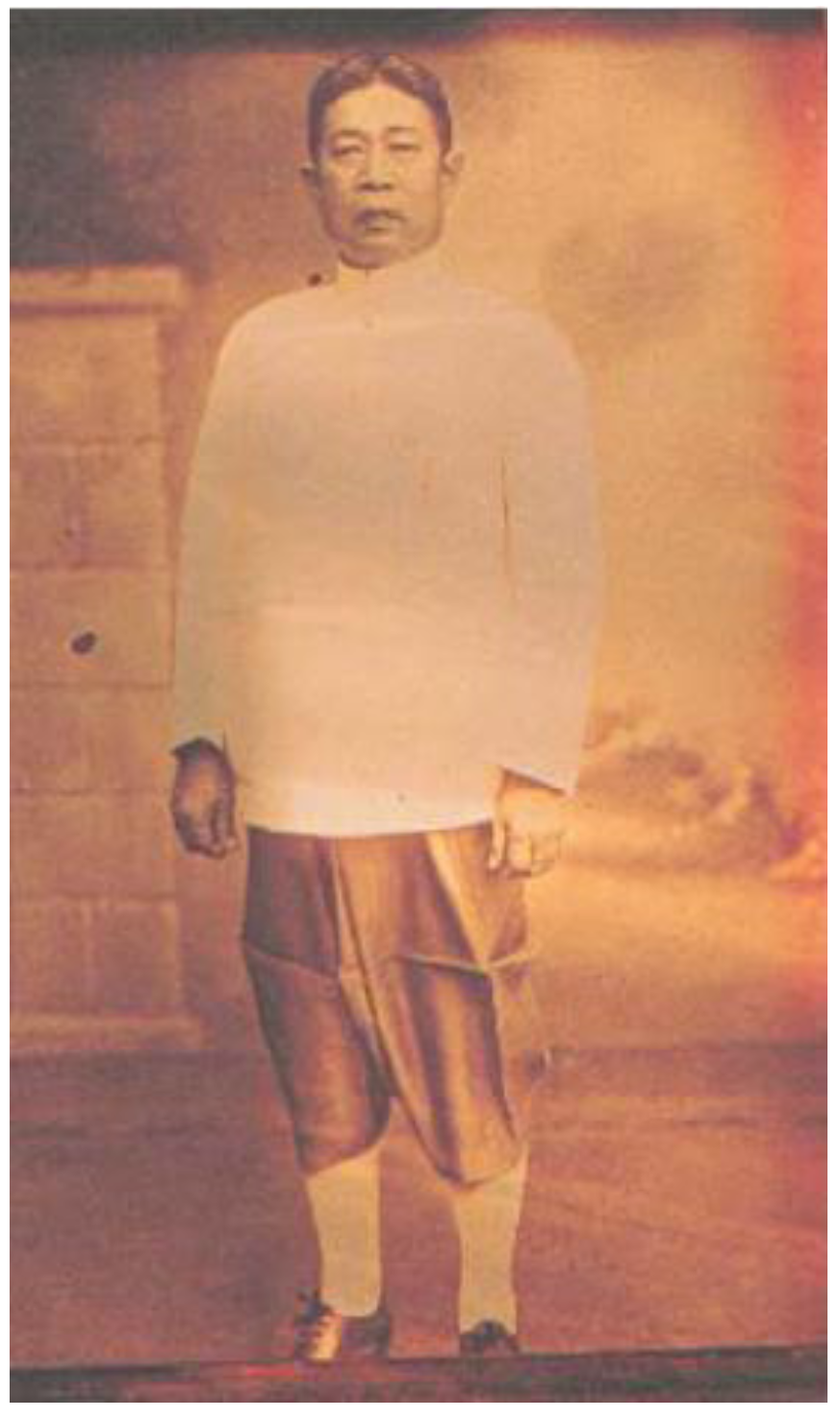
Above picture: “beloved millionaire,” Lert Sreshthaputra
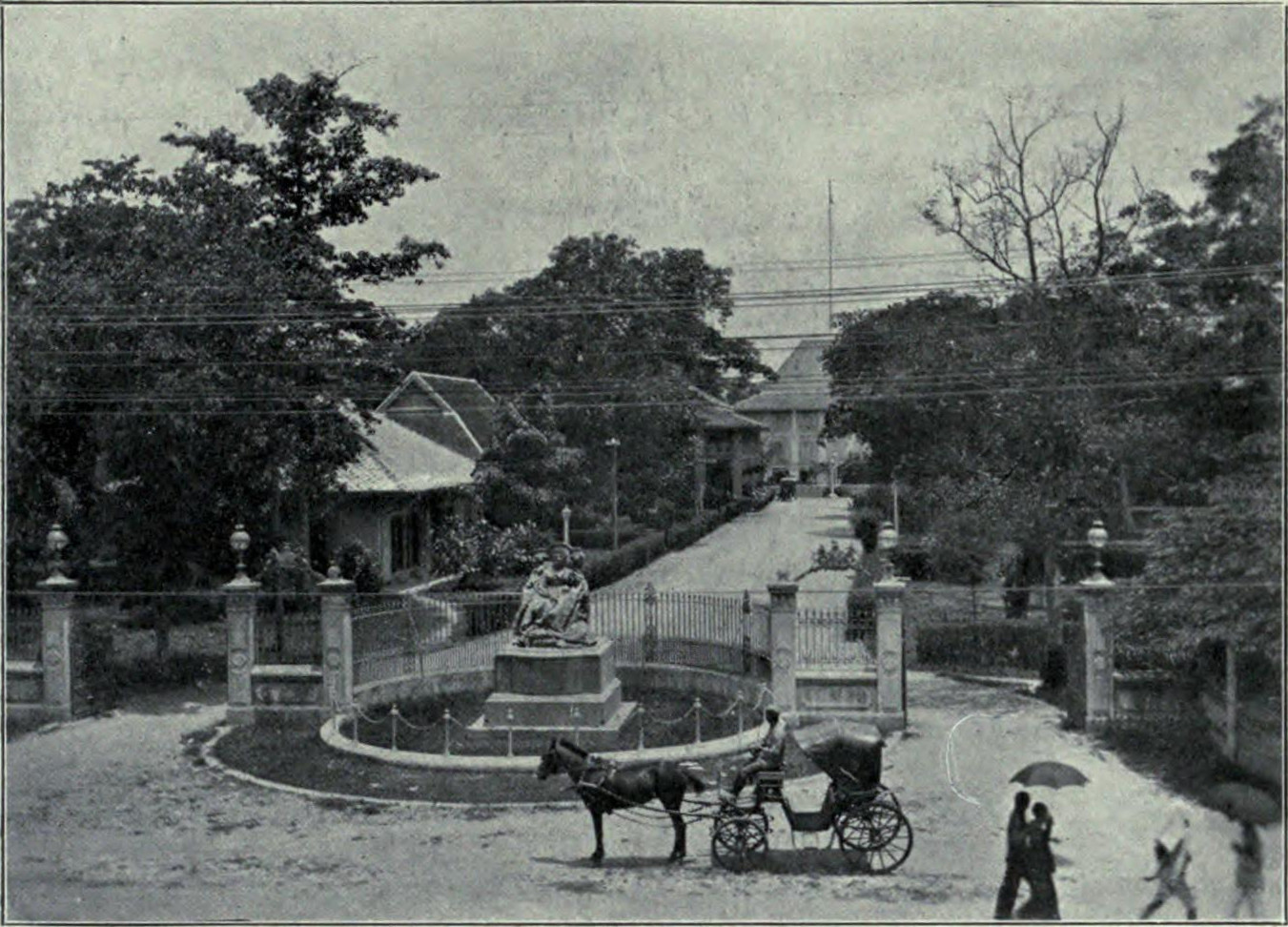
Above picture (1908): British Embassy’s original riverside site
He received the title of Phraya Pakdi Norasreth, “Beloved Millionaire,” from Rama VI. He is remembered as a uniquely innovative businessman who helped the Siamese elite adopt and adapt to the fashions of the 20th century. He started a department store to import foreign delicacies, sold the latest phonograph equipment, imported cars, built filling stations and continued innovating to satisfy commuters by providing a variety of auto, bus, taxi, and boat services. He is especially remembered for importing ice making equipment to Bangkok.
He astutely built a vast real estate empire. His most famous deal was the 1922 swap of rice land in Ploenchit as the new site of the British Embassy in exchange for the option to buy the Embassy’s original riverside site. He bought it and promptly sold it to the government as the site of the new General Postal Office. The GPO building is especially notable for the pink brick sculptures of two Garudas by Prof. Silpa Bhirasri, the father of modern art in Thailand.
It seems that by then Mr. Lert held the deeds to all the land in the vicinity of the post office (including all 3 deeds of the Warehouse30 project). Then World War II erupted, the Japanese Army occupied the area, including the warehouses. When the war ended, Mr. Lert was 71 years old, and his health was deteriorating. After he passed away his heirs were ready to sell it to the interested buyers.
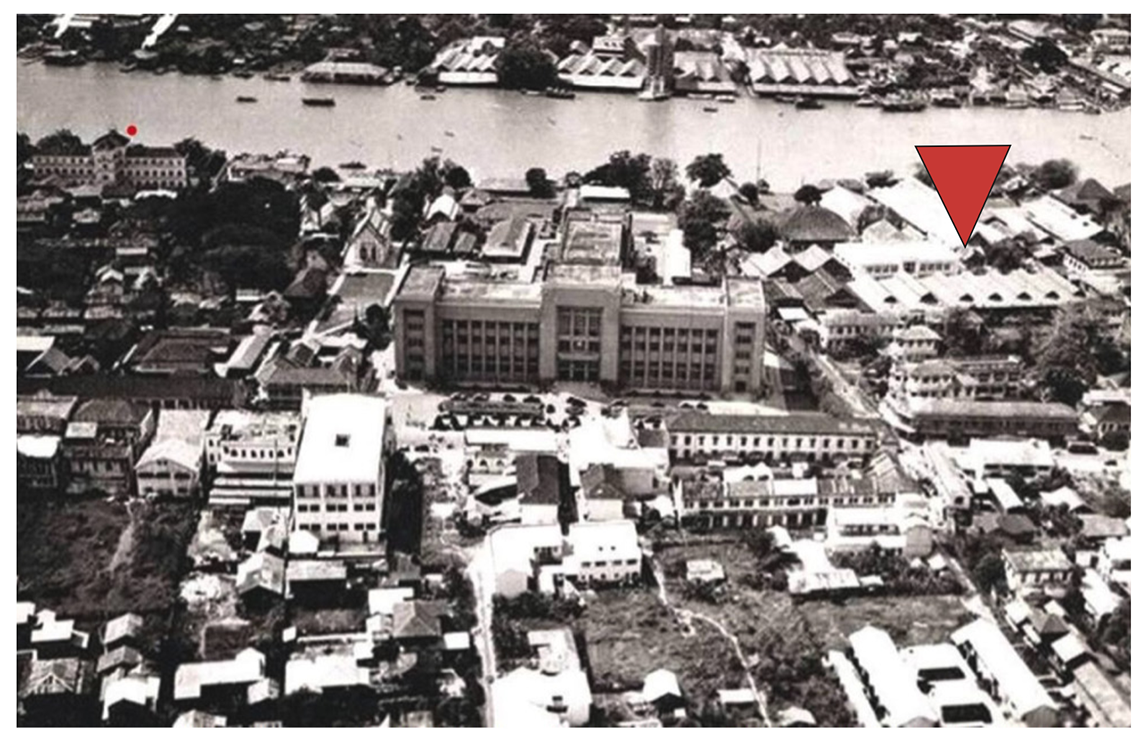
Above picture: Aerial photo after WWII showing the Grand Postal Building in the middle with Chavanich Building and the warehouses marked in red.
นายชวน และ นางมานี ชวนิชย์
Mr. Chuan Chavanich, founded Chavanich Company, Ltd. in 1944 and the shophouse he was renting in Talat Noi near Sieng Kong, was too small to accommodate the post-war trade. He needed more space to store large quantities of raw materials before exporting them to the United States. Having heard that Mr. Lert didn’t want the land which the Japanese had occupied, he had expressed his own interest in it, and when the time was right he and his wife Manee Chavanich bought this land along with the warehouses.
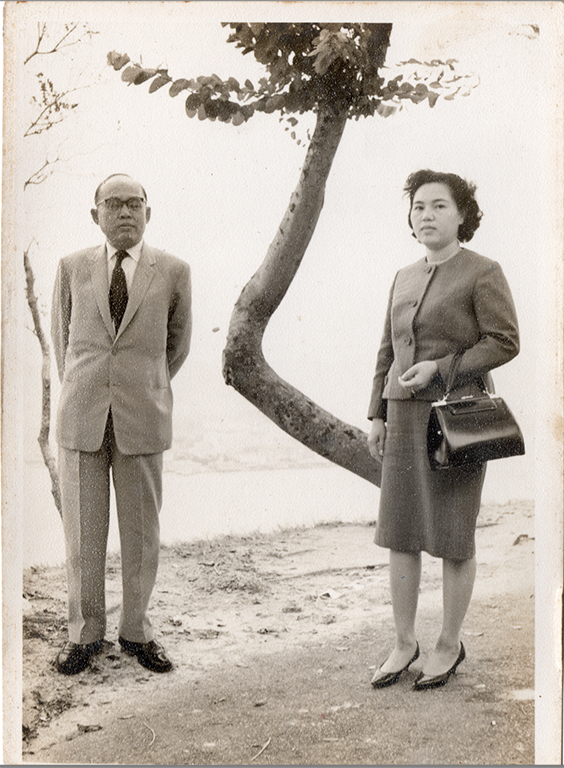
Above picture: Chuan & Manee Chavanich
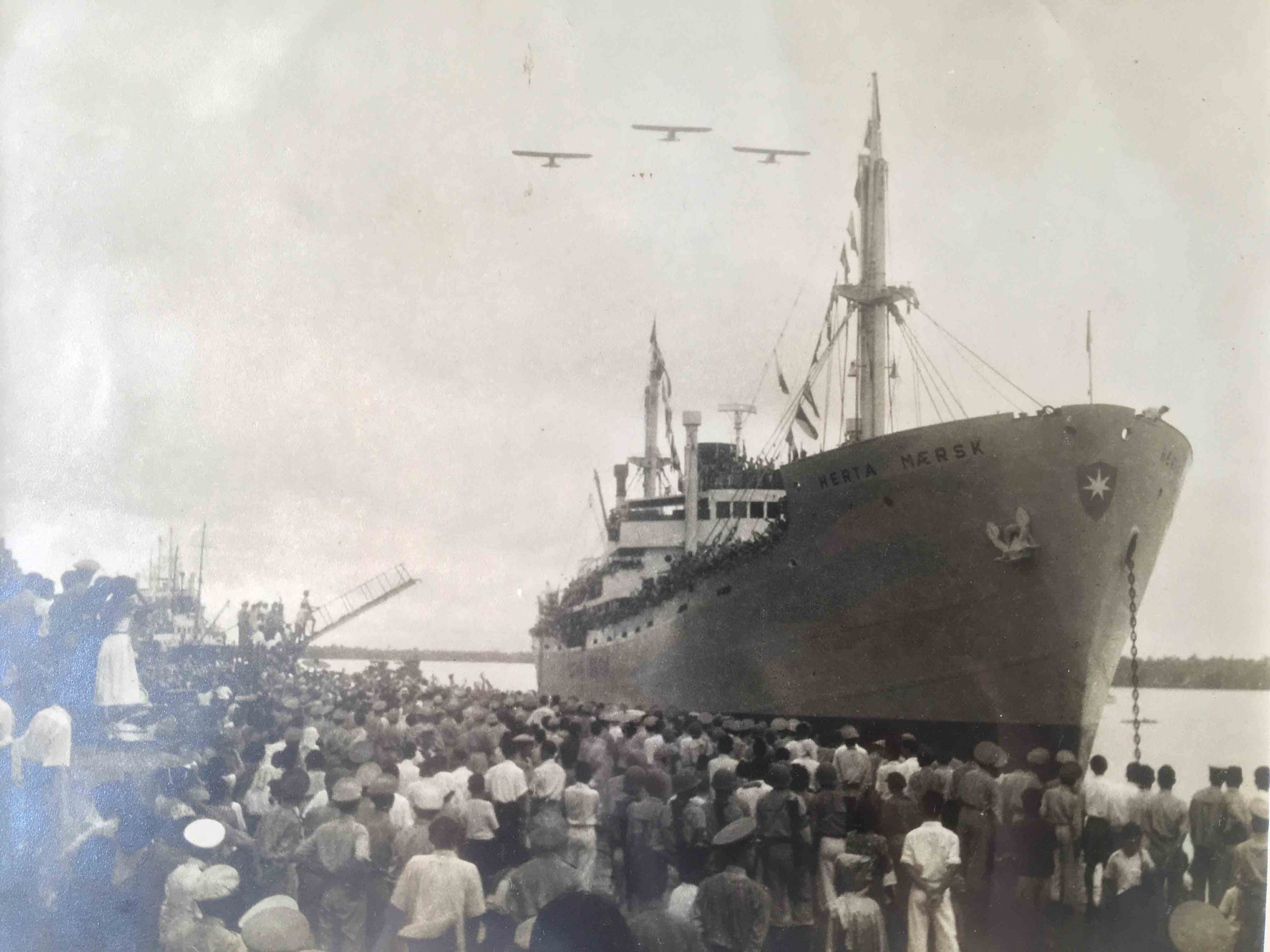 Above picture: Chavanich Co. Ltd. shipped raw materials to the US after the war.
Above picture: Chavanich Co. Ltd. shipped raw materials to the US after the war.
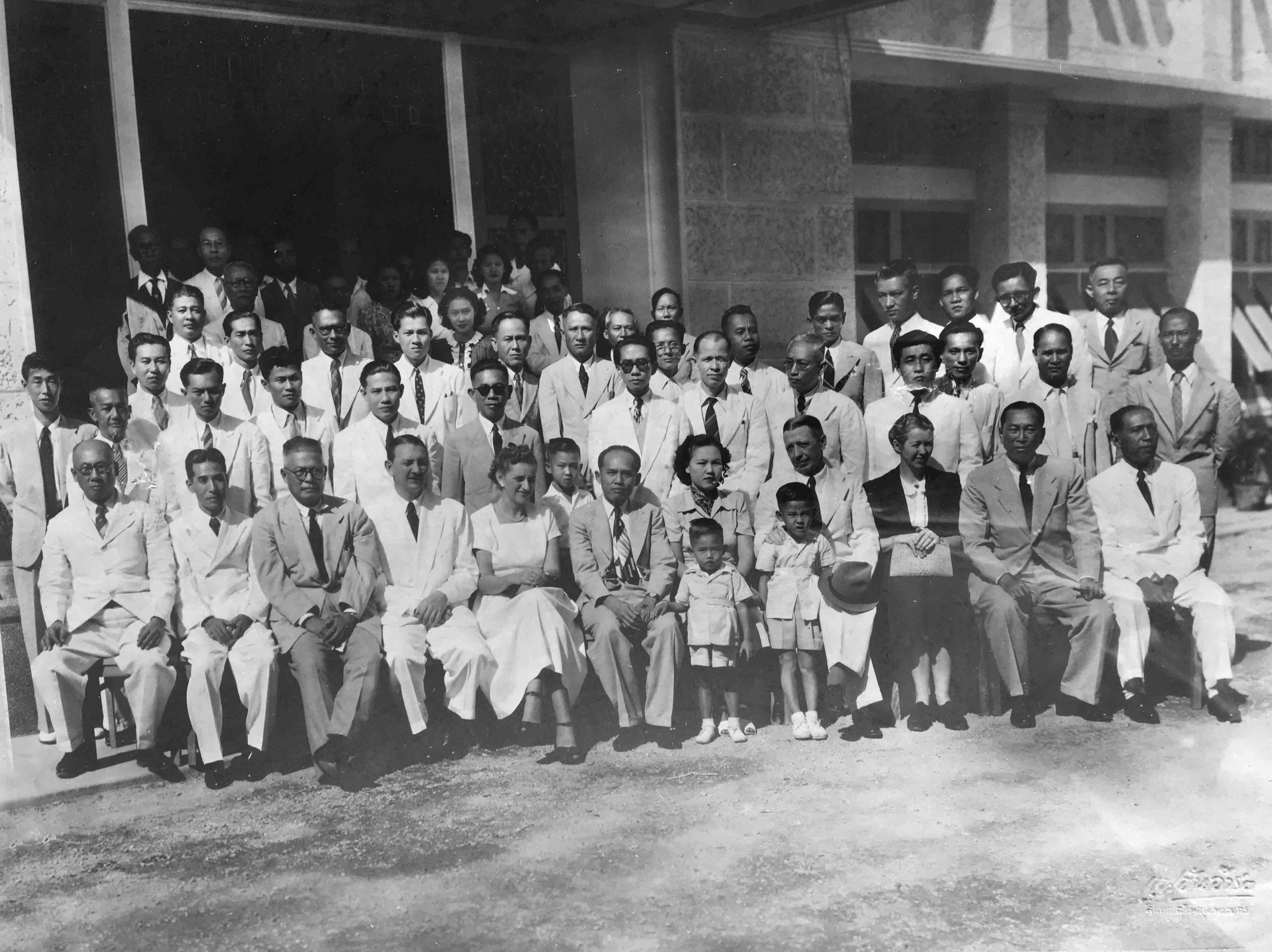
Above picture (1952): Opening Day Chavanich Building with the staff and family
By 1946, he had Chavanich Building erected on the present site. Mr. Chuan hired “Mr. Meng” to build the two-story Chavanich Building in art deco style. Art Deco became popular in the West around 1910 and its influence had reached Thailand by the end of the war. It became known as the solid geometric shapes simplified with repetitive rhythm served to emphasize the symmetry of layout. The sides of the building flanking the centrally located entrance were identical, looking solid, dignified and official. Chavanich Building is located at 48 Bush Lane Charoenkrung Soi 30 and is still being used as an office. It is located within the Warehouse30 compound.
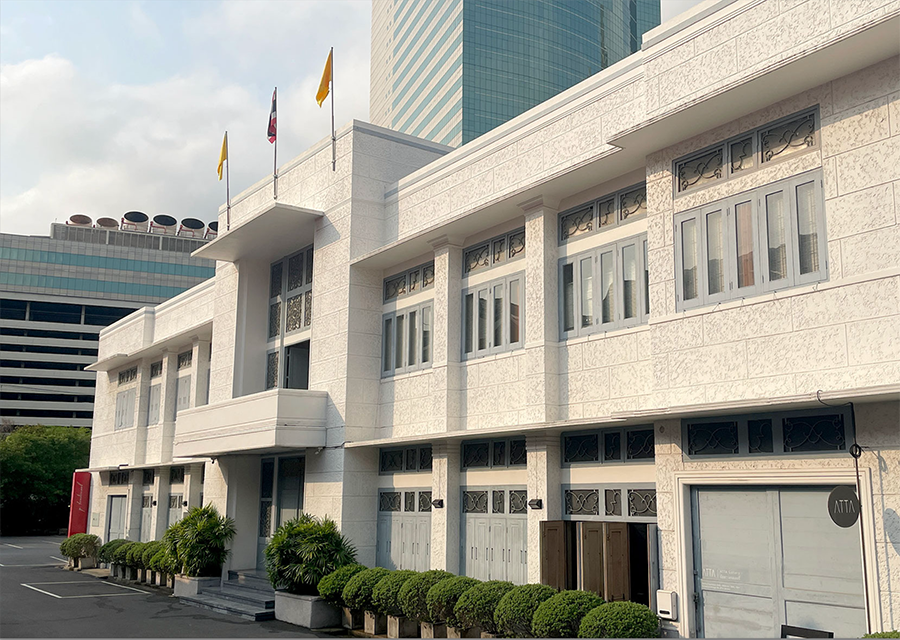
Above picture (2025) : The front of Chavanich Building
Chavanich Building’s ART DECO featured:
- The use of “Eyebrows” or shelves placed above windows to block the sun and rain (important in a time before air-conditioning).
- Simplified architectural details: The outside surface of the cement building is decorated with grooved lines as if it were really stone.
- Sparing Use of Color: The building is painted in off- white with contrasting touches of pastel blue-gray trim. No bright colors used.
- In 1950, to add “Locality” into ART DECO design, metal decoration above entranceways, windows, and ventilation shafts was used. This practice came to Thailand after WWII as well with wrought iron elements added to many houses.

Above picture: The front plan of Chavanich Building
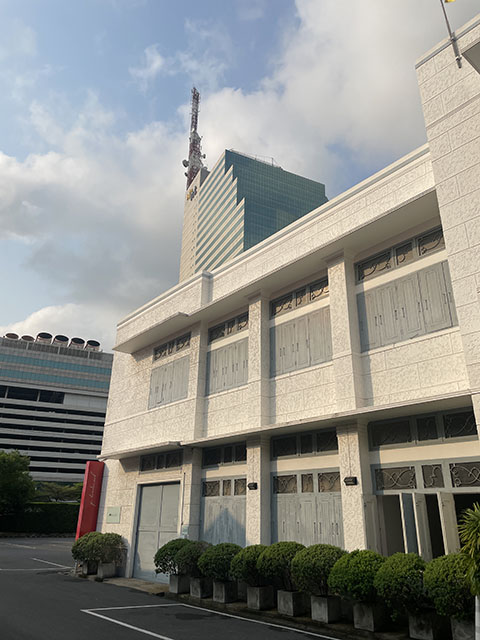
Left picture: Eyebrows or shelves placed above windows
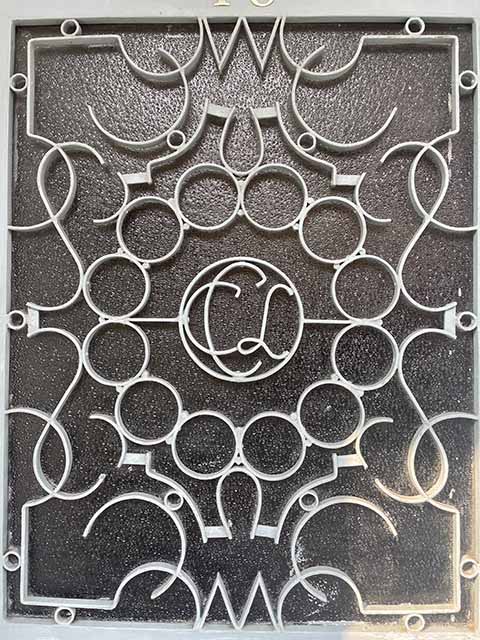
Right picture: Wrought iron elements featuring CCL logo (Chavanich Company Limited logo)
โกดังทั้ง8 หลัง
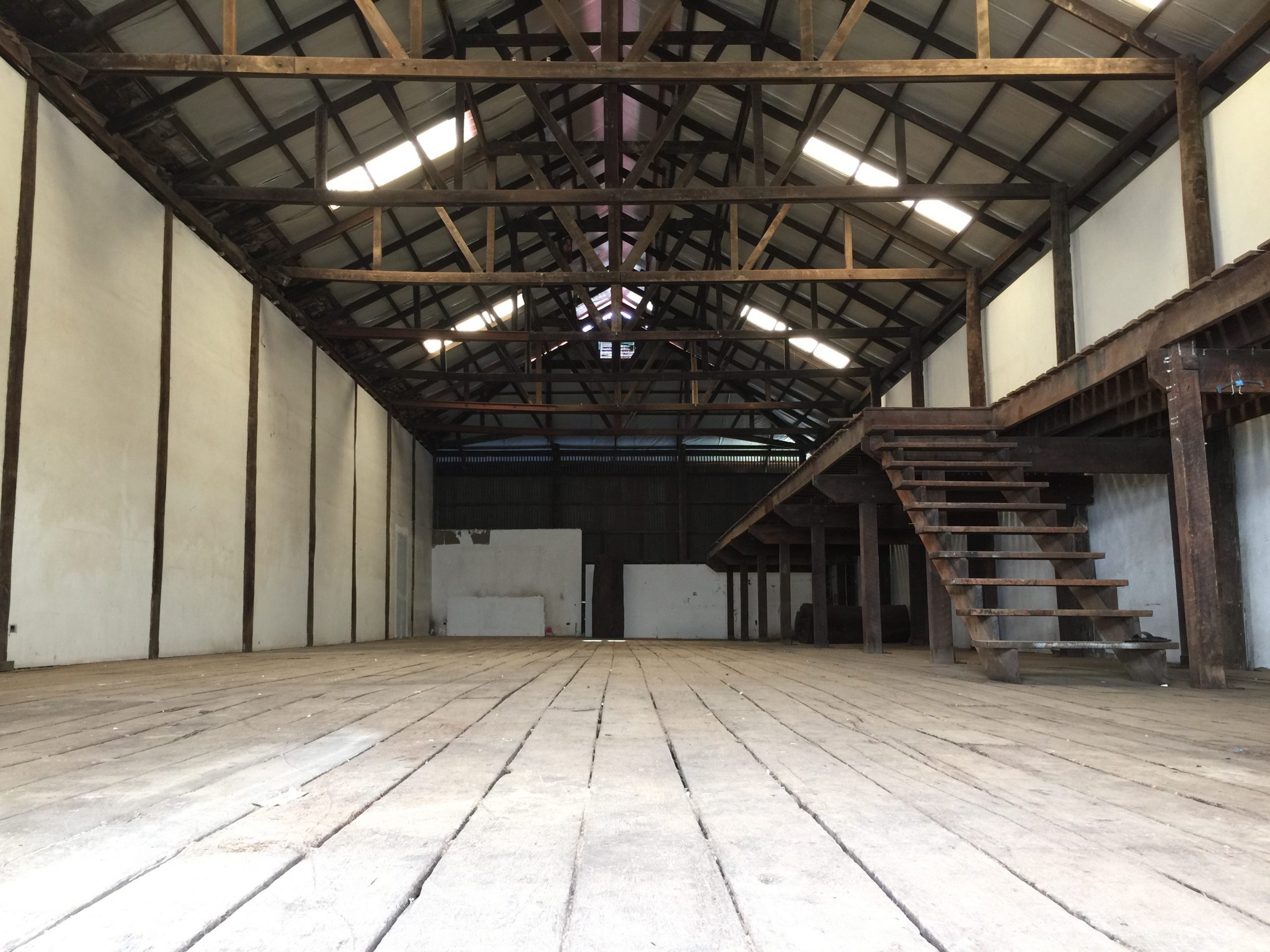
Above picture (2015): Interior view of the empty warehouse
The construction of the warehouses appears on maps starting in 1925-1941. We assume the original purpose was to store rice collected from mills before export.
As for the World War ll era, the Japanese army used the warehouses for general storage and were never bombed by the Allies.
From the time the Chavanichs owned the warehouses, they were used for storage or raw materials and industrial products. Any unused space was rented out to a wide variety of industrial tenants and they continued to be used for storage until rental for the dilapidated buildings became very low. The use of the warehouses has changed over the decades. The minerals and raw material storage changed to tractors and agricultural equipment before locomotive engine parts and railway station furniture made their way inside. The original wooden floors, exposed beams and steel structure retained a heritage look.
It was during the 1970s that all those items were moved out and businesses like Michelin Tires and Triumph took over the warehouses. The rent was low, so there was never a shortage of people willing to use these warehouses for storage.
When Prida Chavanich came to own the property, he considered tearing down all the old warehouses to construct a more modern three-story commercial center. The only thing that stopped him, besides the hefty construction costs, was the fact he would never be capable of recouping those costs through the rent. Since the city’s business center had moved away from the river after the war, there was no way he could charge more for this space than any of the other buildings in this older part of town.
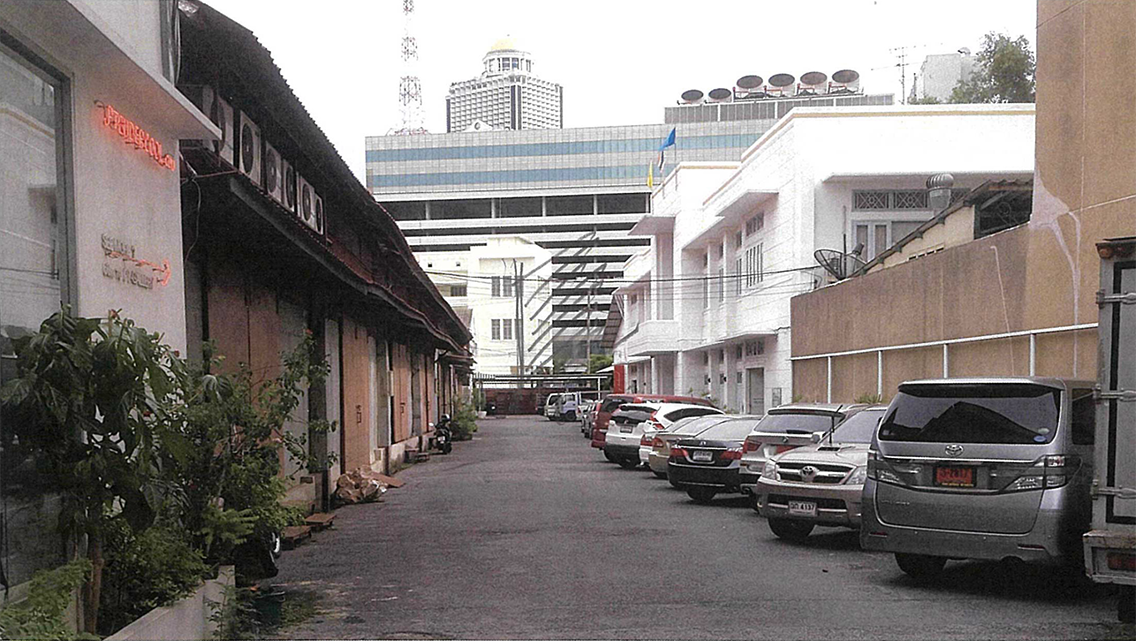
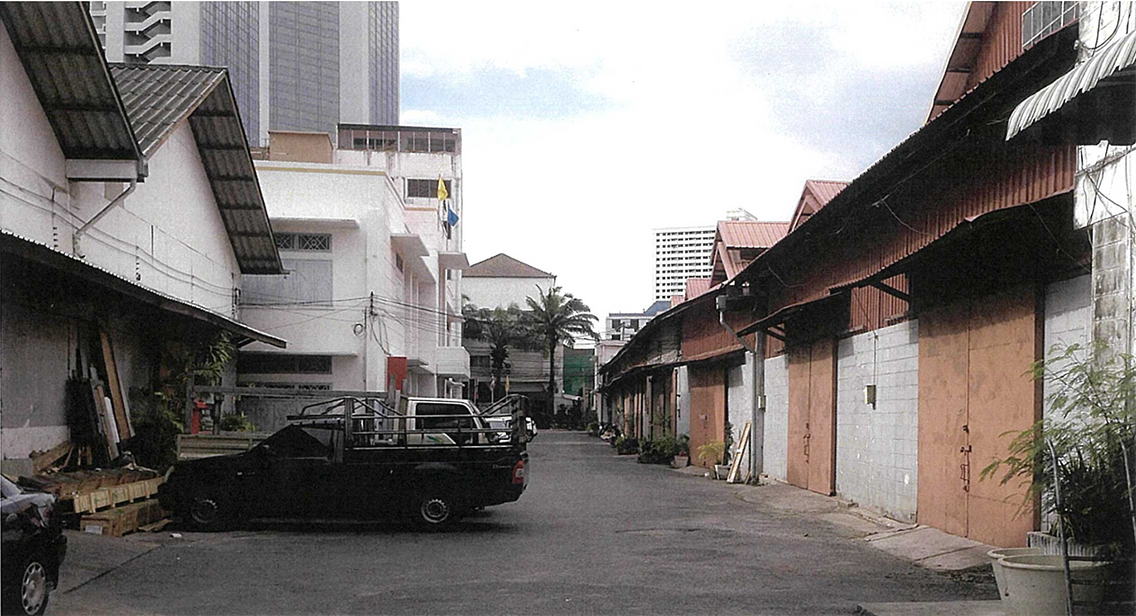
Top picture (2015): View from Soi Charoenkrung 30
Bottom picture (2015): View from Soi Charoenkrung 32 before expansion of the car park
จุดกำเนิดโครงการ Warehouse30
At this time, the Bangrak community was developing an awareness and appreciation of the heritage buildings in its neighborhood and one of the proponents of retaining and repurposing old buildings was the famous architect Duangrit Bunnag. He had worked his magic at the Jam Factory across the river—and he had a vision for repurposing and transforming these old warehouses too. Warehouse30 was born!
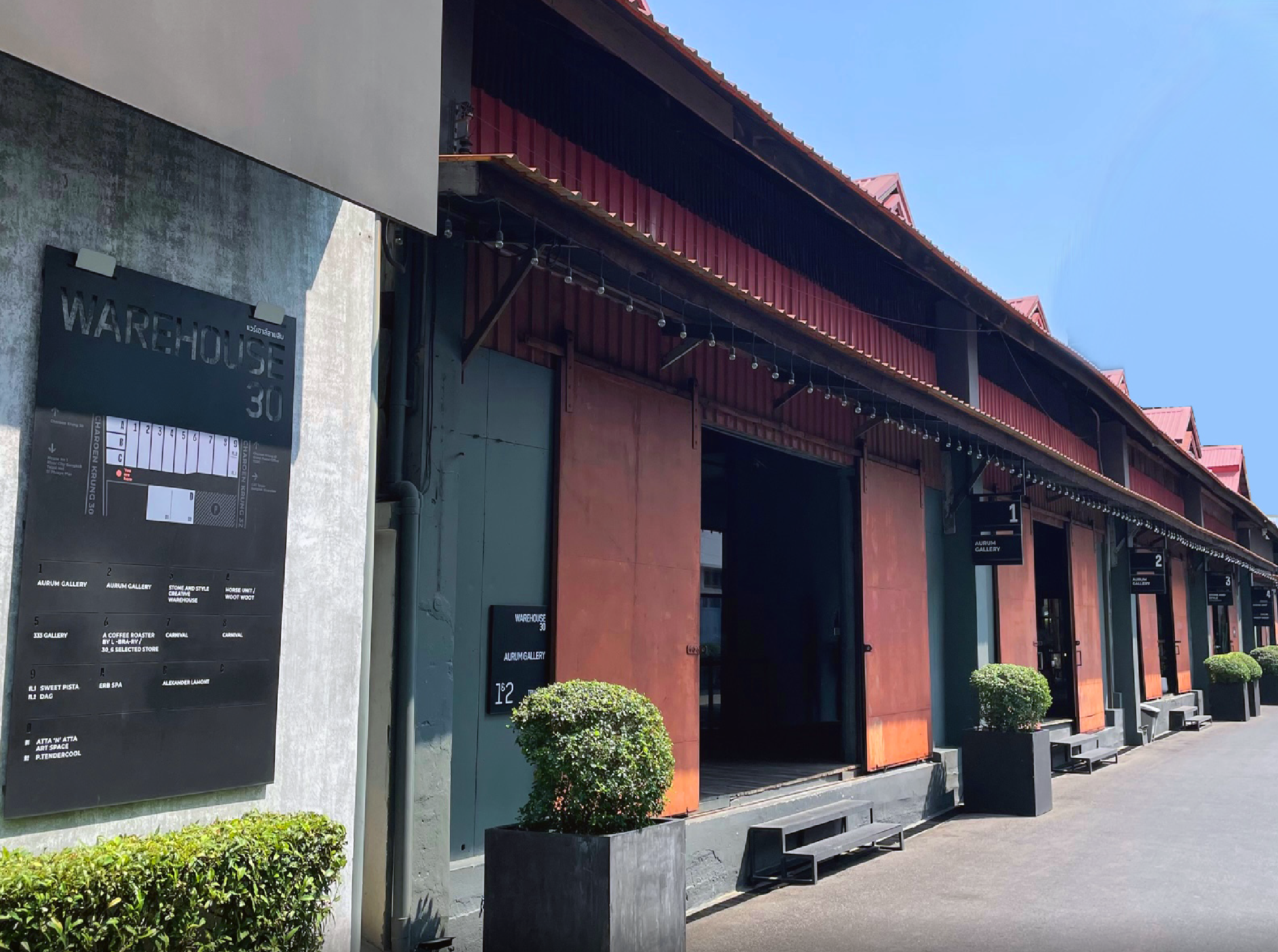 Above picture(2025): View of Warehouse30 Project from Soi Charoenkrung 30
Above picture(2025): View of Warehouse30 Project from Soi Charoenkrung 30
The inside of the renovated Warehouse 30 is full of shops, cafés, restaurants, and galleries, which is a far cry from all the machinery and locomotive parts of the past. Duangrit Bunnag restored the outside of the building, so it would not lose any of its appeal. He also left much of the inside unchanged, except for the few scenarios where the interior needed to be adapted to fit the requirements of the tenants. The one thing that was not negotiable on the inside was the original wooden floors. Those needed to stay to retain the old warehouse feel. Before the opening of Warehouse30 in 2016, the original godowns had adapted to the changing times quite well! so we can verify that these warehouses were never left abandoned.

Above picture(2025): View of Warehouse30 Project from Soi Charoenkrung 32 after expansion of the car park


Top picture(2016): Original warehouses had limited parking
Bottom picture (2025): The roomy expanded carpark


Top picture(2016): Original warehouses were not linked to each other
Bottom picture (2025):: A covered corridor was added for pedestrian walkway and a new signage system was added for customer convenience

Above picture: This corridor was added to link up the 8 warehouses
